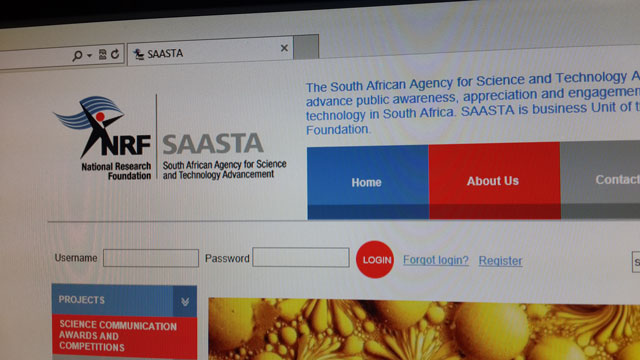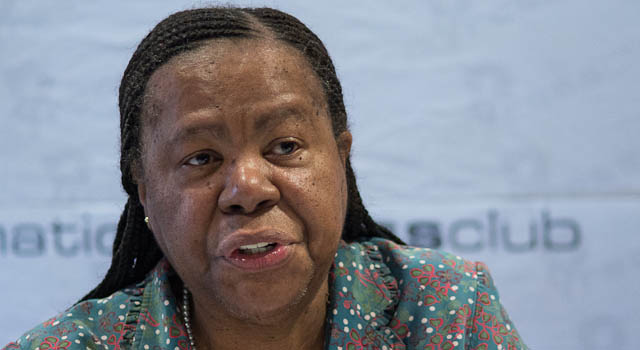
A member of the public visiting the South African Agency for Science & Technology Advancement’s (Saasta’s) website for information about science in the country will find information that is outdated, and in some cases dating back to 2008. This is despite the fact that last year the agency received a parliamentary grant of more than R16m. Only two links are up to date.
Saasta — a business unit of the National Research Foundation — is mandated with science and technology communication, but despite a parliamentary grant, that since 2009 has averaged R15m annually, it does not appear to have the resources to update its website. The site is an important avenue for people interested in science in South Africa.
Science communication has been highlighted as a way to increase interest among school pupils in science, technology and engineering, and to encourage them to pursue these subjects in secondary and tertiary education.
Since the 2010/2011 financial year, nearly R50 000 has been spent on upgrading and adding new information to the site, with the most recent being information about National Science Week 2013, which went up last week. However, the main page calls for entries in competitions, whose closing dates were in 2011. Also, according to the “Events” pages, the only events that Saasta has organised since 2009 were a staff meeting and a “Science Unlimited KwaZulu-Natal” event in 2010.
Head of corporate communications at Saasta Ina Roos told the Mail & Guardian that she was in charge of updating content, and pointed to the call for National Science Week proposals. “We don’t have a specific budget for the website,” she said, adding that the information and communications technology co-ordinator resigned last year and that a new person had just been appointed.
When asked whether Saasta was failing in its mandate to communicate science, Roos said: “Some [links] are resources, [there are] some [links] from 2008 that are still being used … [but] things that people need to know [are] being updated regularly, like our newsletter.”
The newsletter is contained in a link at the bottom of the home page, below “Saasta news in brief”, where the latest update is that Laerskool Lynnwood won the 2012 AstroQuiz.
Beverley Damonse, group executive for corporate relations and science engagement at the National Research Foundation and formerly executive director of Saasta, acknowledged “there is room for improvement”. However, she said: “The largest percentage of [Saasta] funding is contract [funding] … Contract funds are directed to specific projects” rather than core activities.
“Science communication is still a developing area … There are pockets of excellence driving science communications, but [Saasta] is not fully resourced in terms of a science communication entity,” Damonse said, adding that the focus has been on “educators and learners because of the science support needed in the system”.
Foundation CEO Albert van Jaarsveld said that the website would be addressed “with urgency” following the M&G’s questions. He said: “Its business is supported largely by the department of science & technology contracts … To date, a large percentage of the funded projects have focused on education and broad public awareness programmes.
“In a contract-driven environment, this shift in focus will have to be driven by a strategic change in emphasis overall and supported through an appropriately resourced science communication body.”
The department and the foundation were developing an overarching framework for science communication, which “will guide the implementation of a science communication and engagement strategy through its funded entities, hopefully including Saasta”, Van Jaarsveld said.
Numerous attempts to contact Saasta MD Jabu Nukeri were unsuccessful. — (c) 2013 Mail & Guardian
- Visit the Mail & Guardian Online, the smart news source




